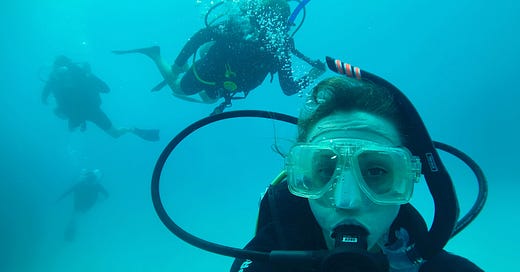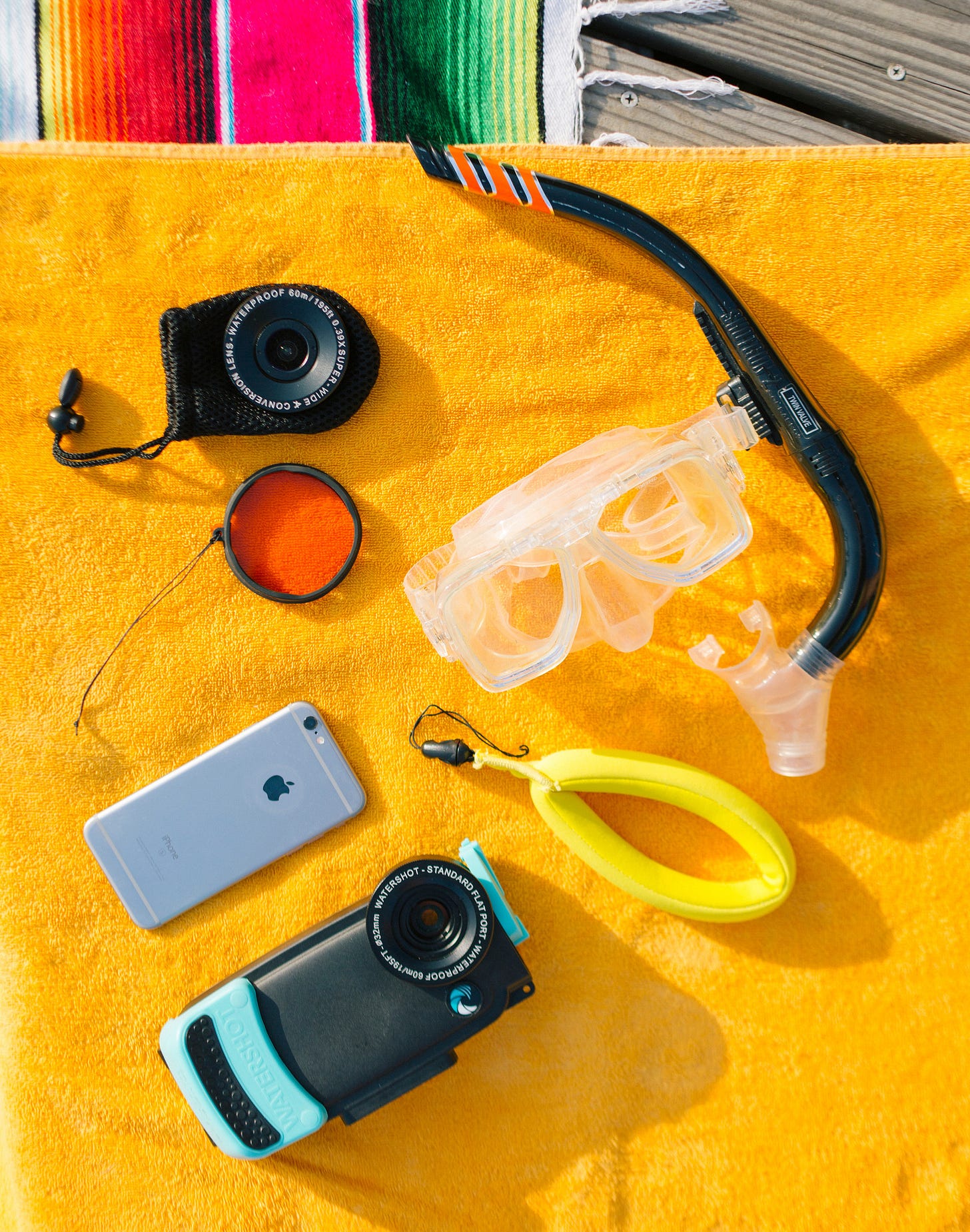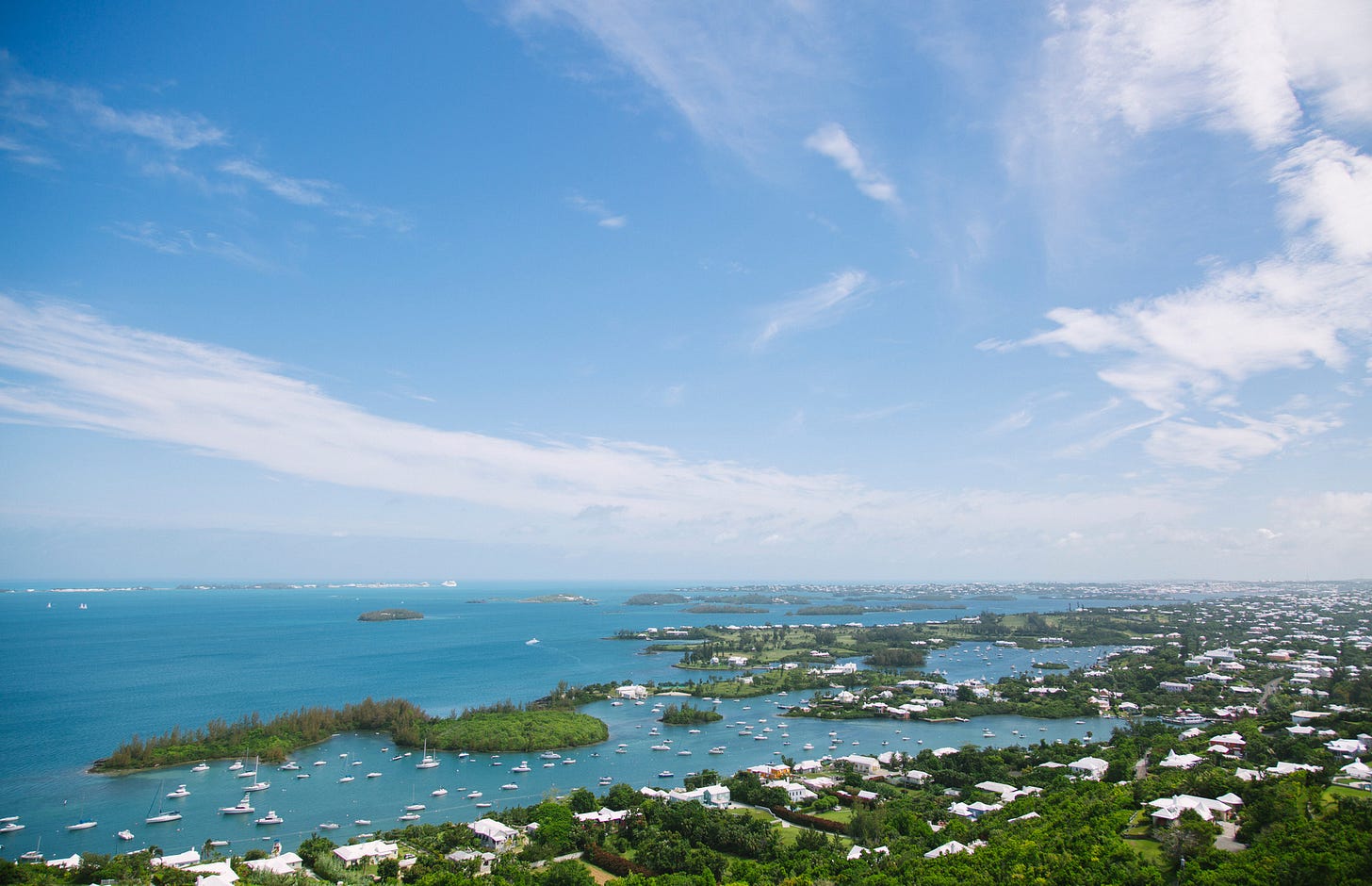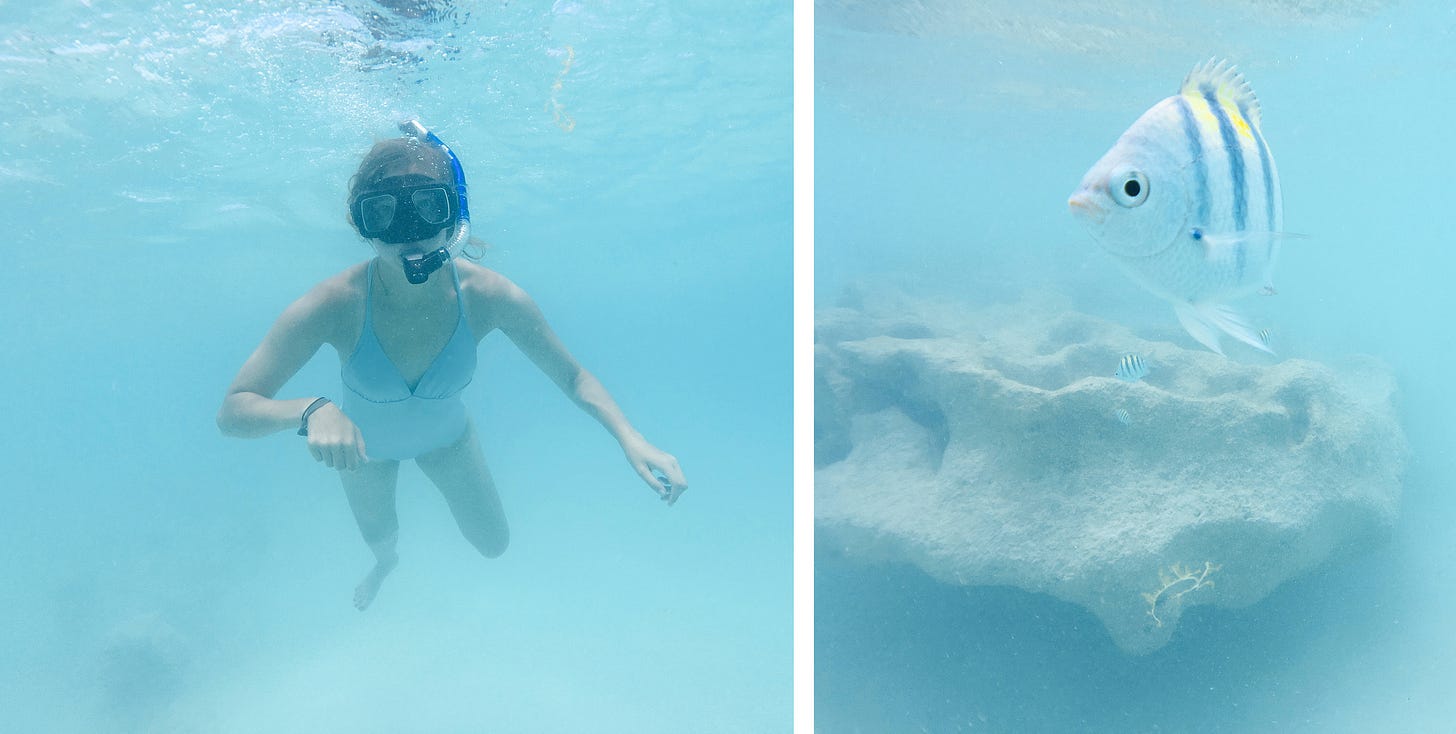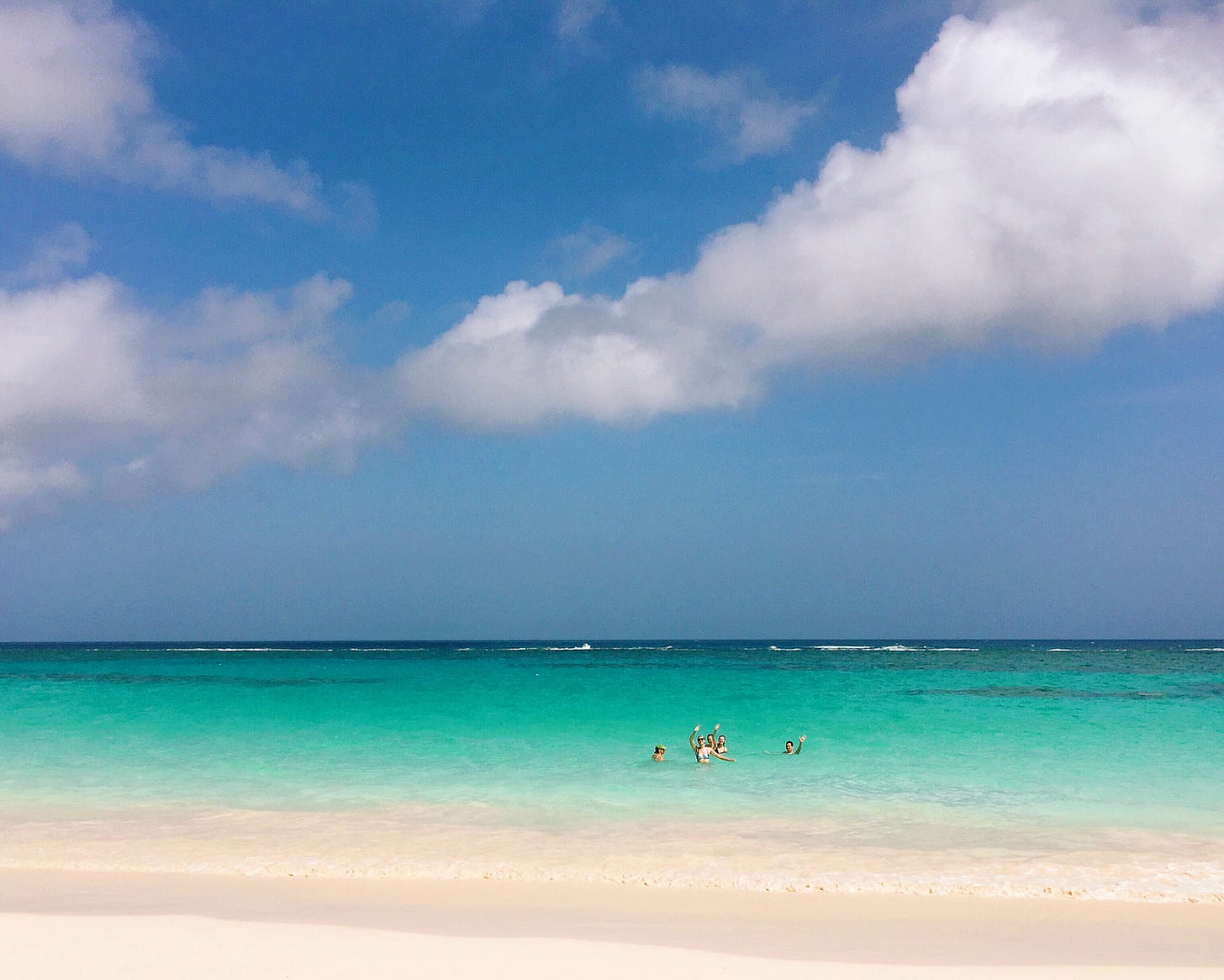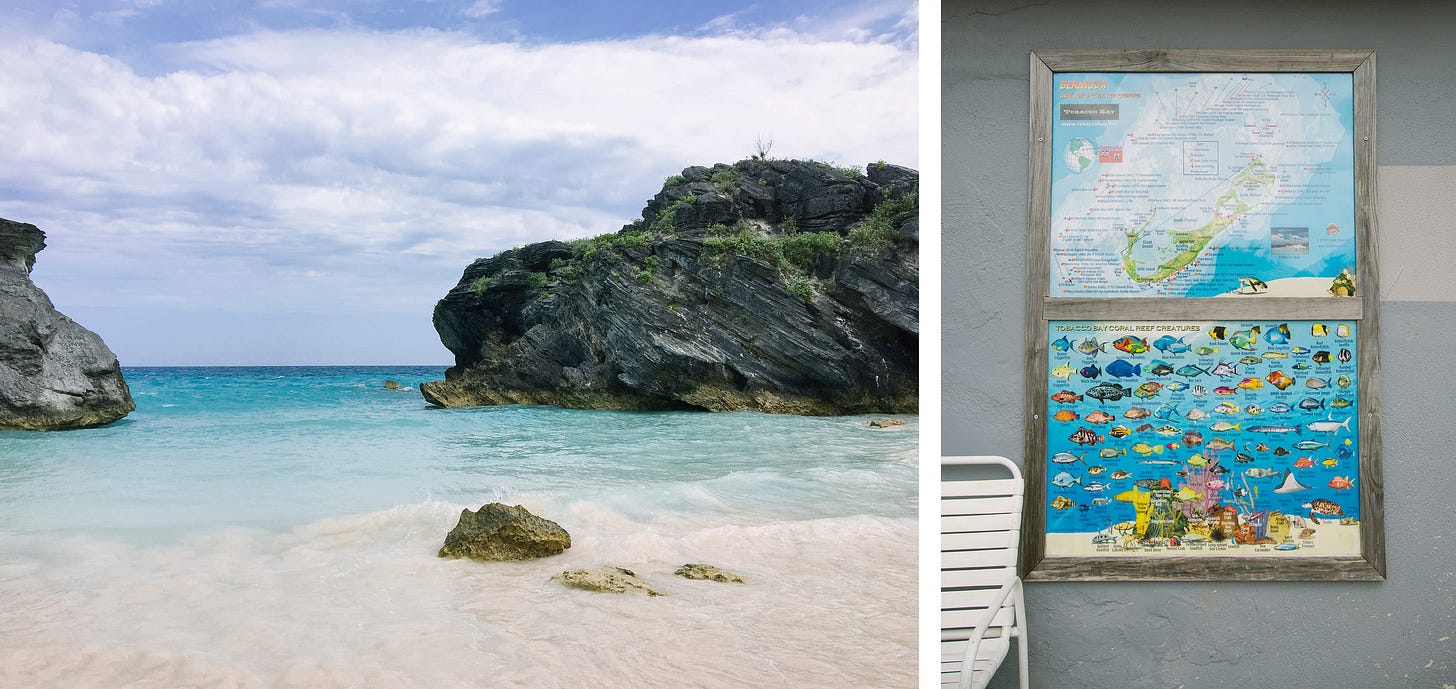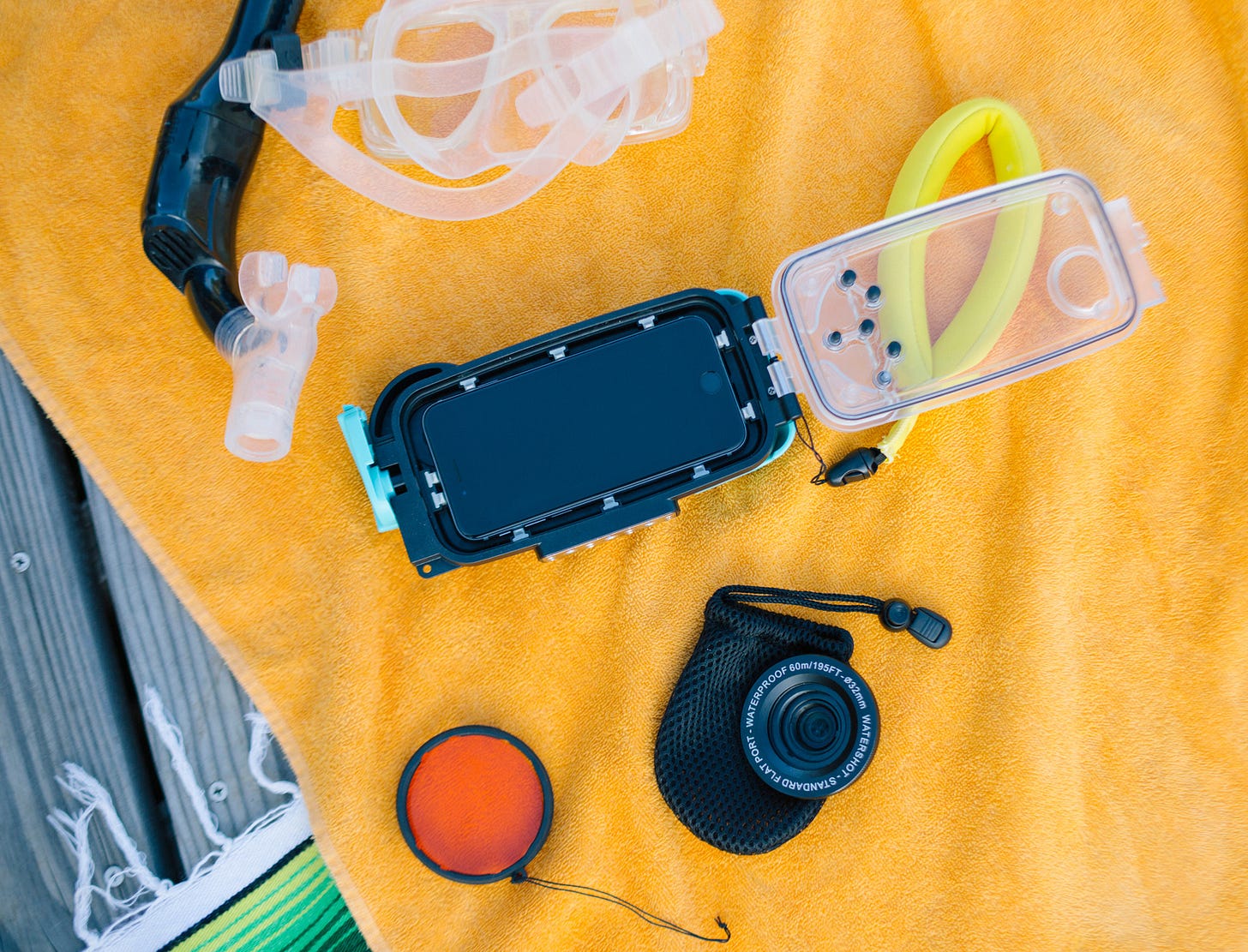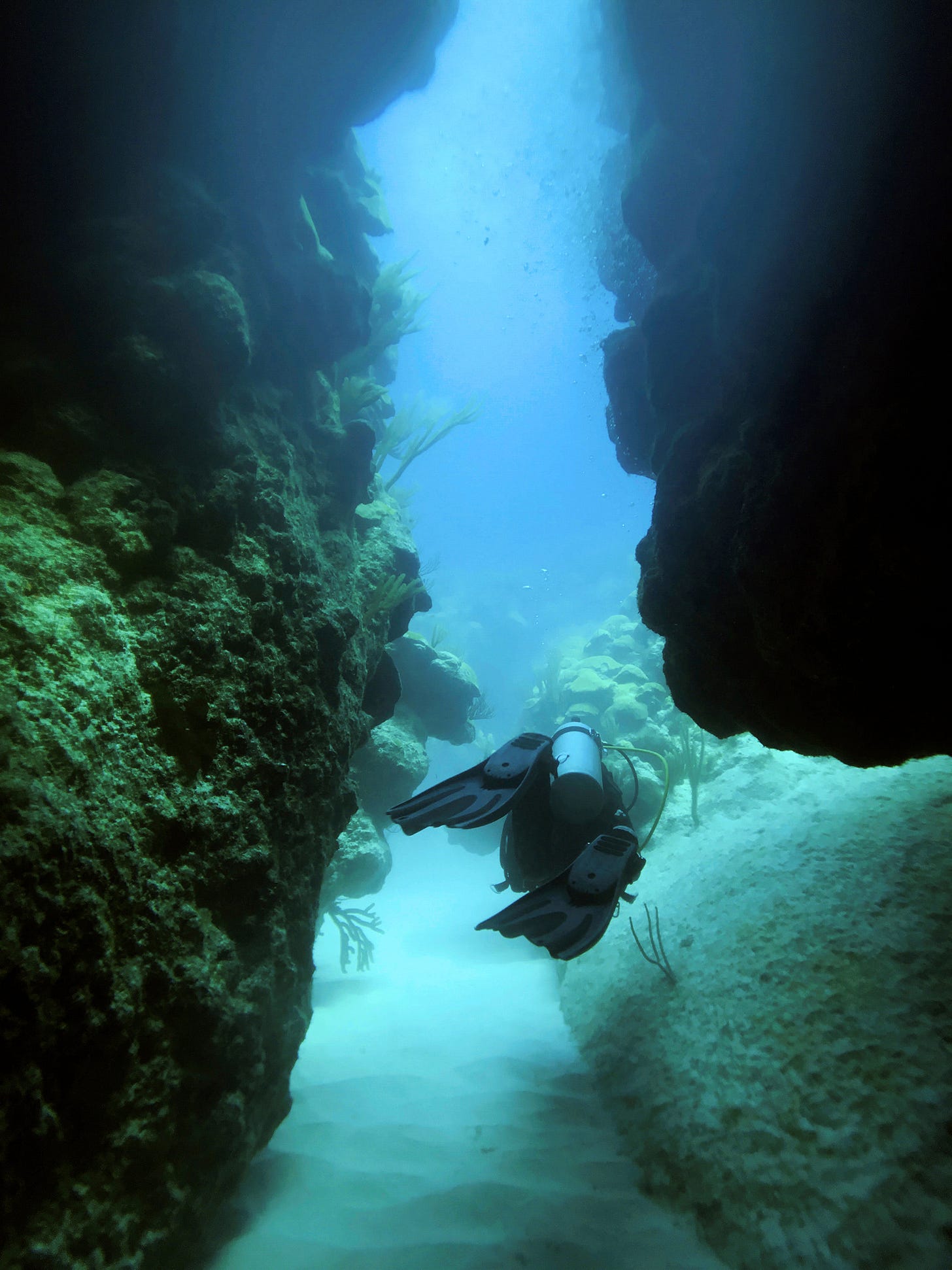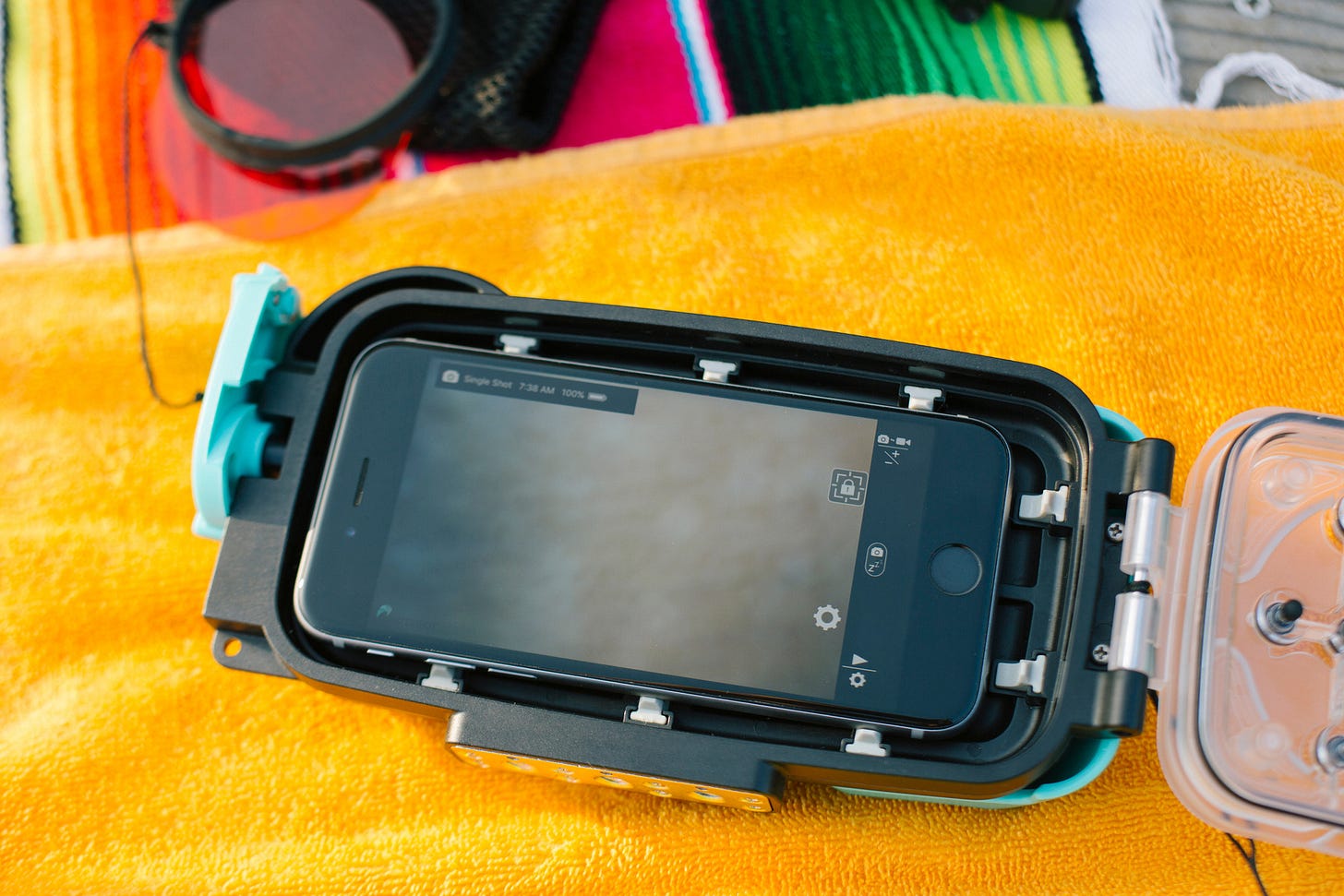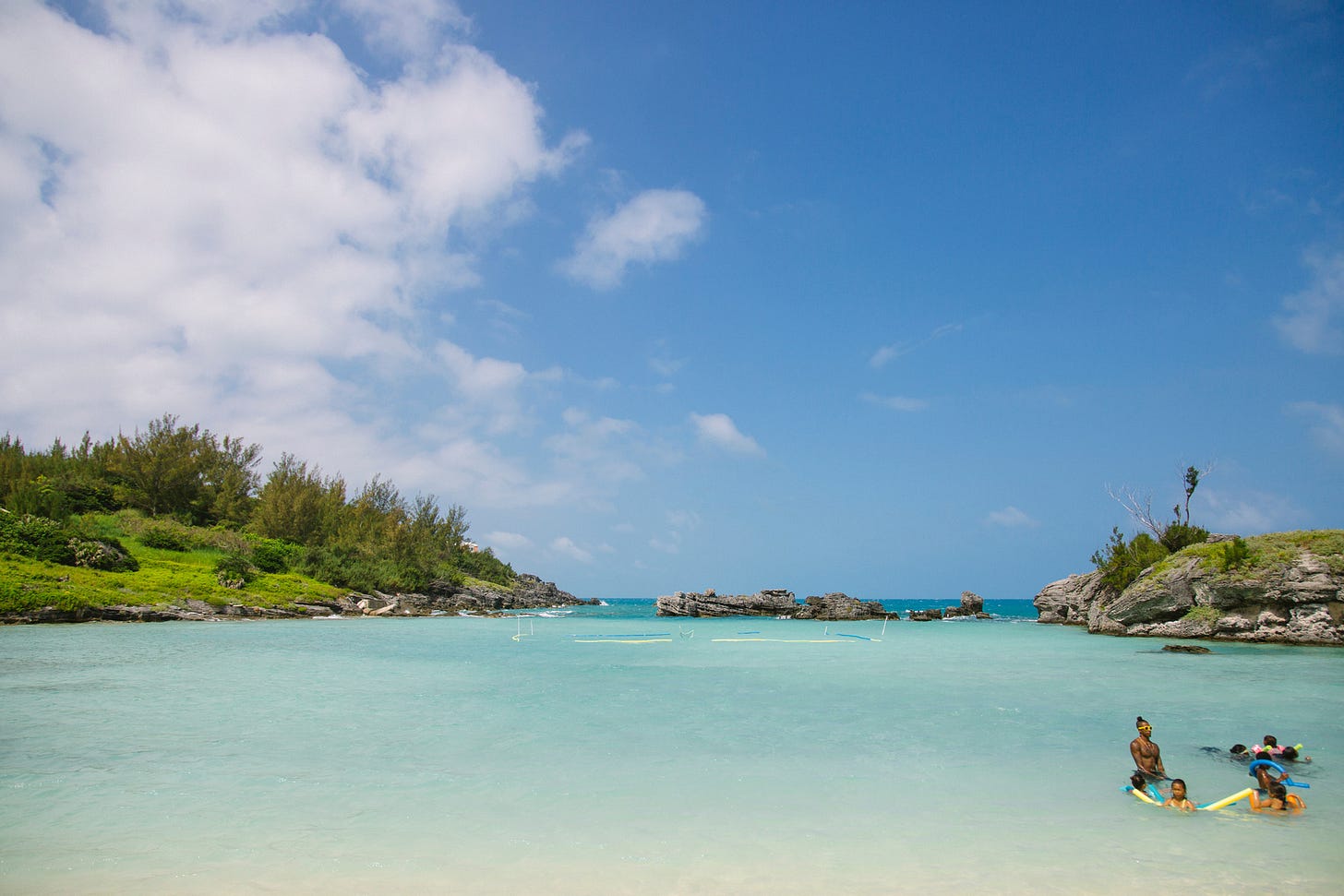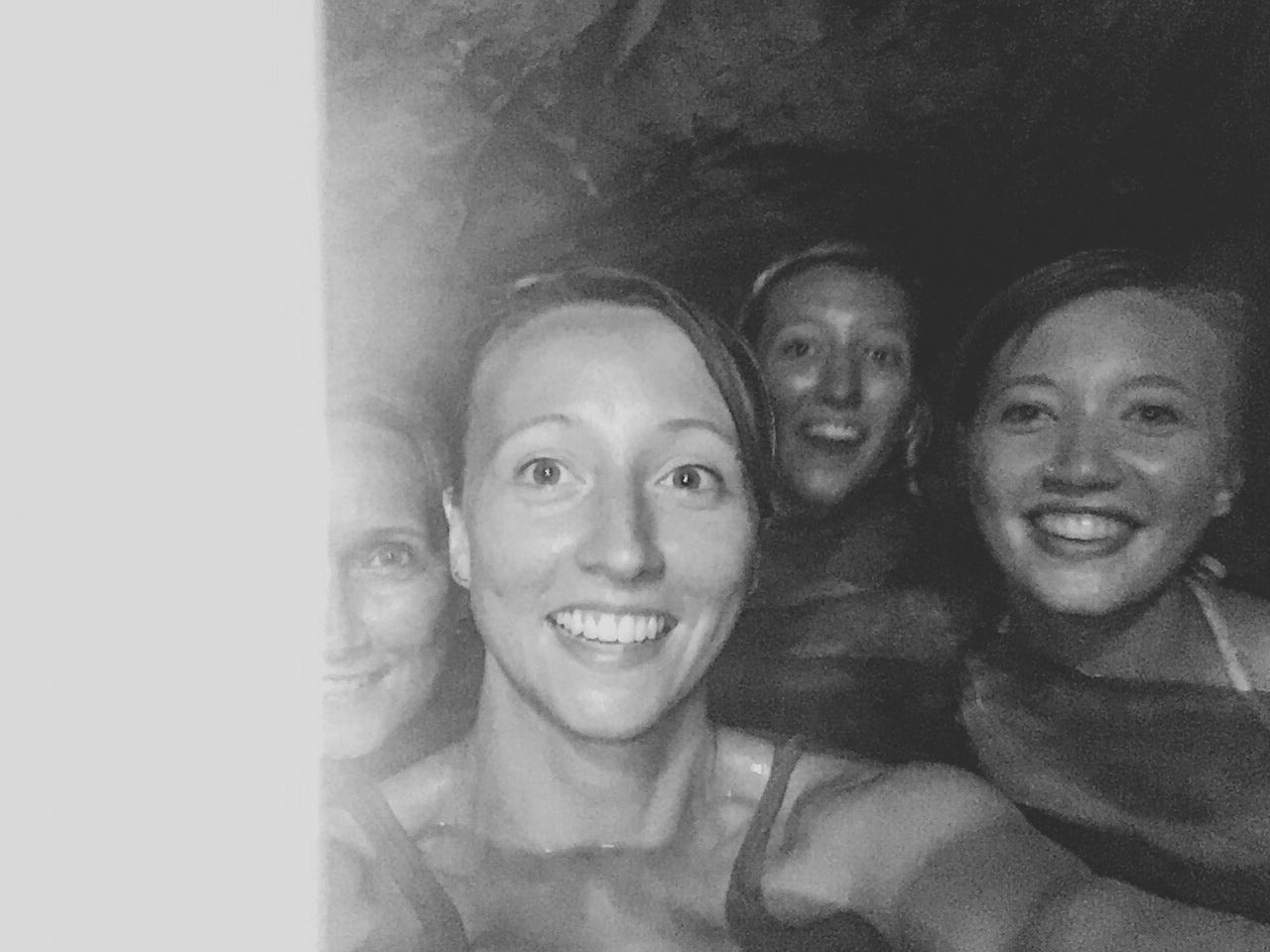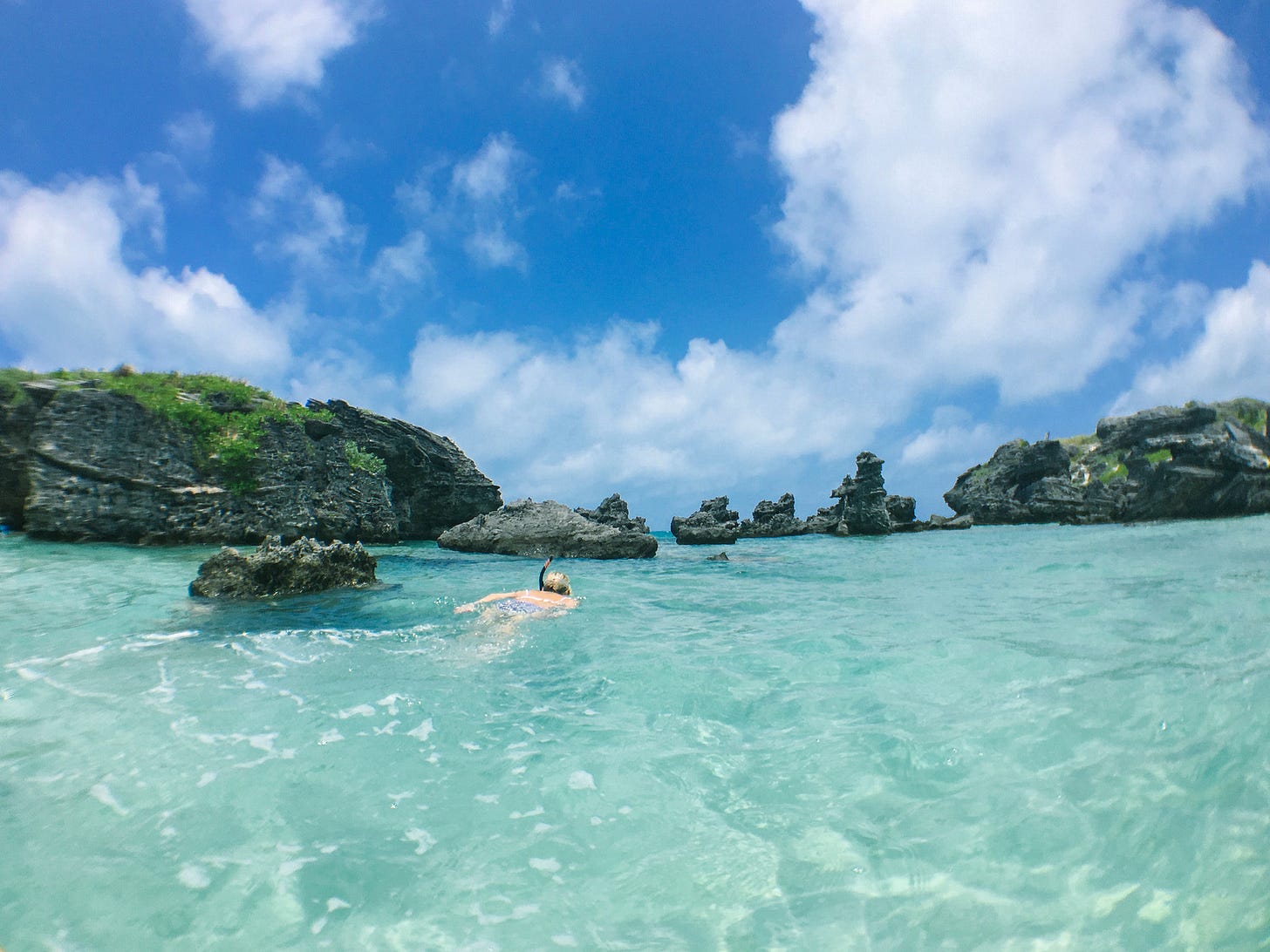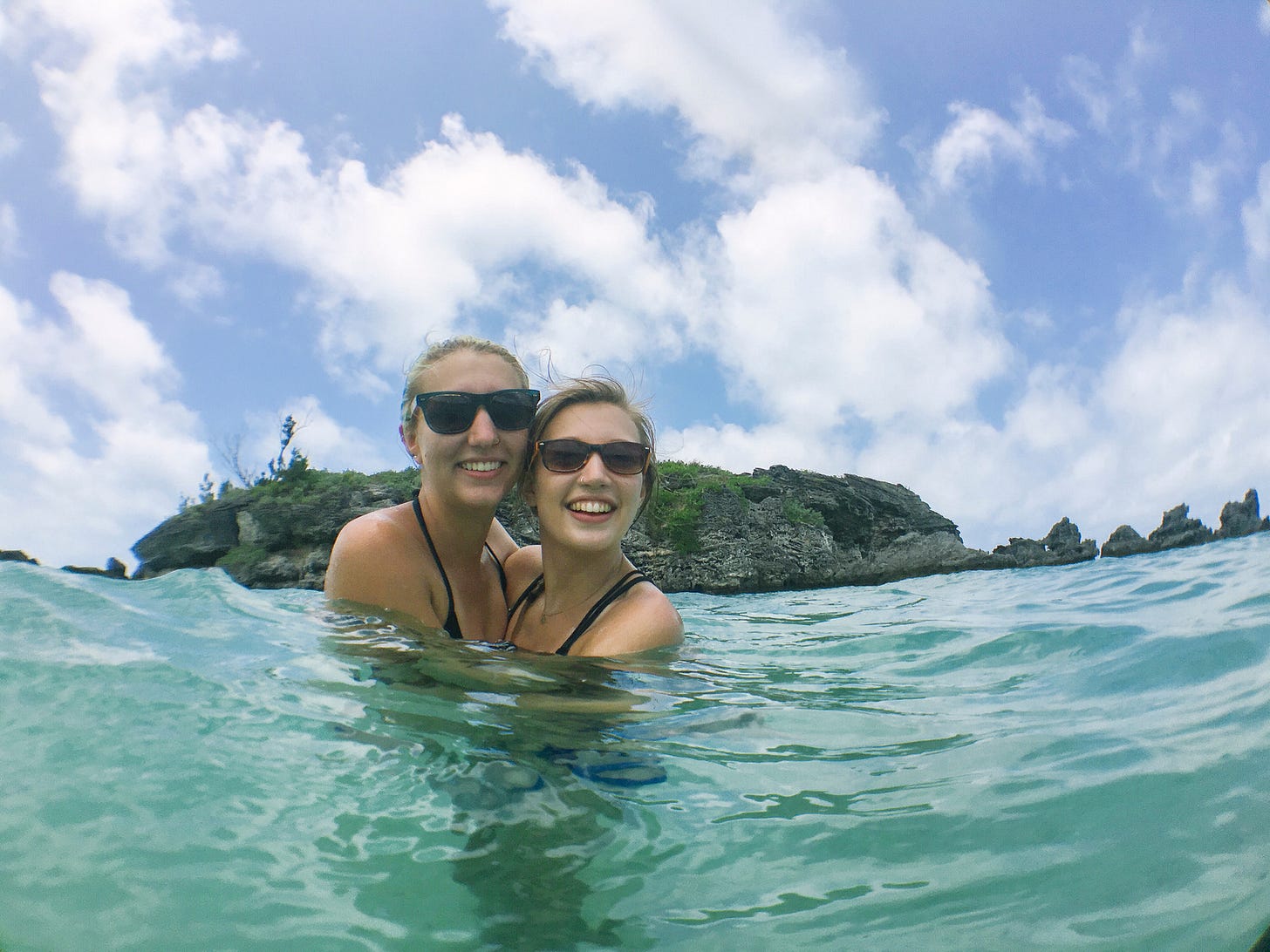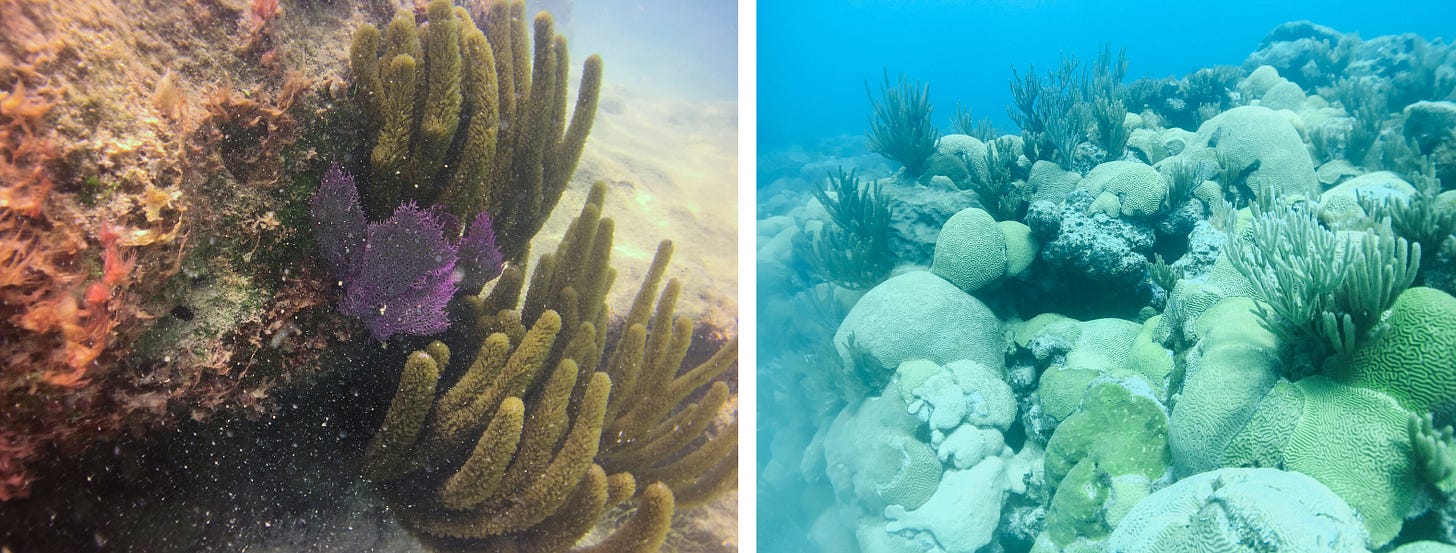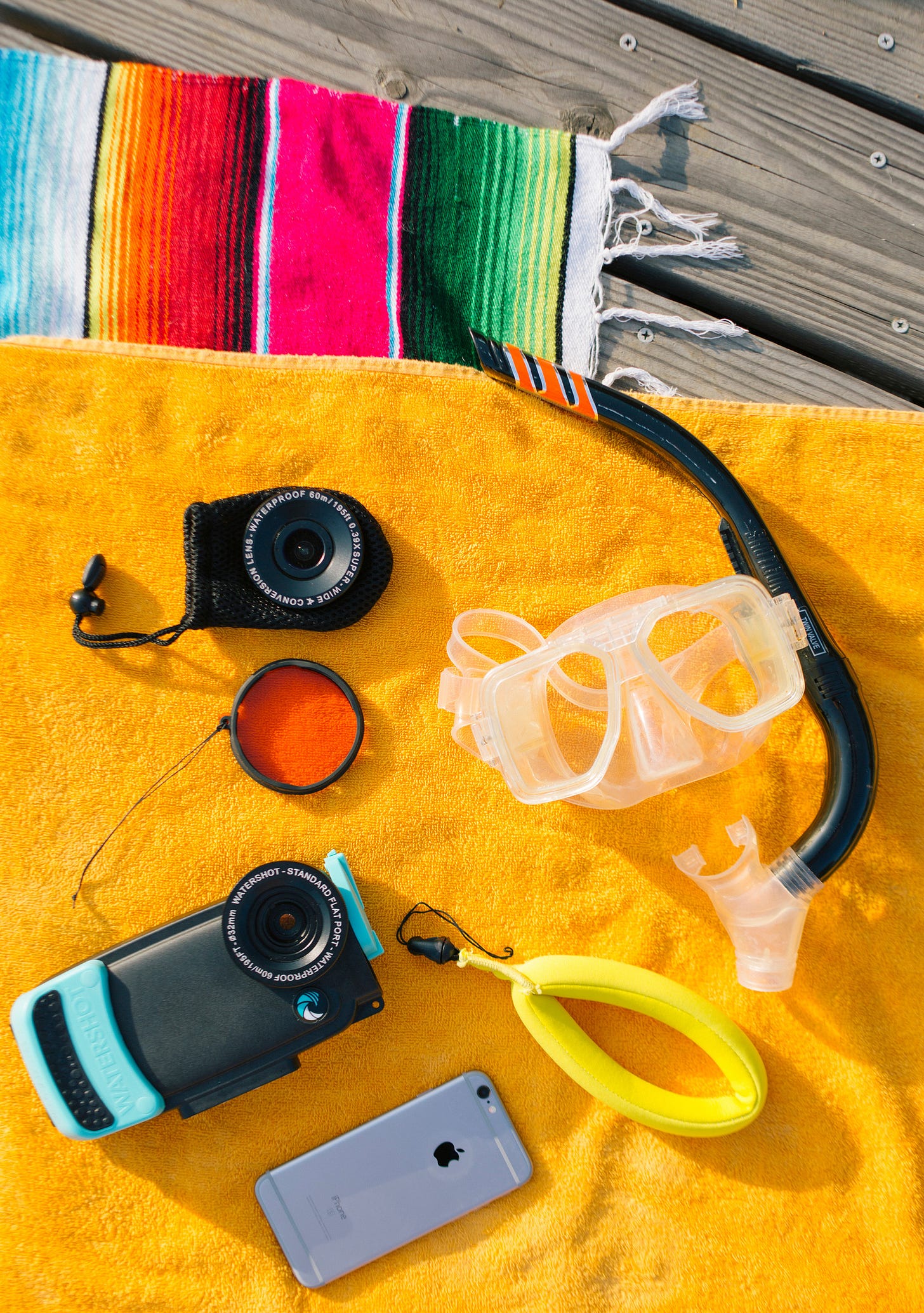From the Archives: Diving in Bermuda with Watershot
11 May 2017 – When you’re in the market for a case to take underwater iPhone photos, there aren’t many great options...
When you’re in the market for a case to take underwater iPhone photos, there aren’t many great options. Lifeproof cases work well, but aren’t completely reliable (especially not lose your phone to water damage in a foreign country reliable). If you’re wanting to go scuba diving you need something more substantial– an actual housing. Enter Watershot.
Long story short: It’s a really well constructed housing, but it’s only as good as the “camera” inside. There are definitely a few software & design flaws, which you may be able to overlook.
Long story… long: I purchased a Watershot iPhone 6s Pro Line Housing (plus their flat lens, wide angle lens, red filter, moisture absorbers, and a floating strap) for my trip to Bermuda. I love how the actual housing feels to use. It’s incredibly sturdy. It ought to have been delivered in a lifted Tacoma, it is so damn rugged.
The Housing – I have few complaints about the quality of the housing itself. Your phone is suspended within the casing, keeping it free from impact shock à la Bubble Boy. The ‘O’ Ring felt of quality material (it didn’t come with grease and didn’t feel like it needed any in my week of use).
Yes, you do have to operate the phone/camera by the 6 external buttons and not via touch screen (but, how else did you think this would work?). So if you’re wanting a waterproof case to use while you’re texting or scrolling instagram on the beach– this isn’t what you want. Actually this is probably what you want.
Lenses – If you feel the need to change lenses, don’t even think about doing that underwater! You have screw off the lens, making your phone vulnerable to water & debris. This did disappoint me, as a photographer who is used to changing lenses on the fly all the time. The housing is depth rated to 195ft/60m and I’d prefer to be able to snap on different lenses while on a dive, instead of committing to one for the entire excursion.
Software – The housing does allow you to shoot photos in the native iOS Camera app, but you can’t switch between taking still photos & recording video within that app; You don’t have the ability to swipe with the housing buttons– and forget using apps such as Phhhoto, Boomerang or Snapchat– the buttons don’t line up with the interface of those apps– much to the viewers of your Story’s chagrin.
While I was testing it underwater I would set it up to have the Watershot app & the iOS Camera app open because you can switch between the two most recently opened apps. As you can see, the learning curve for getting all the ideal settings might be a bit too steep for some users.
You’re encouraged to shoot in their software, which includes a very handy “Burst” mode (takes 3 photos for every time you click the “shutter”). It’s really easy to switch between video & photo modes in their software, which I really liked especially on a dive. Their software also enters a black screen sleeping mode to save battery life.
BUT, the files you create with their software can be disappointing. They’re small PNGs, with a random naming convention. Not something like IMG0001.PNG, it’s just random non-sequential numbers & letters, which makes it a pain in the ass to sort through later, unless you have prosumer photo software.
Ultimately, I decided the housing wasn’t for me and got offloaded it after my trip. Running at $140-230 (depending on which package/accessories), it’s pricey! For the casual (but $$$) vacationing photo taker this housing might be perfect. I was disappointed by the quality of the photos in low light & deep underwater scenarios, though I do think that’s more of a reflection on the actual iPhone camera, I couldn’t justify keeping the housing around if I wasn’t going to use it regularly.

